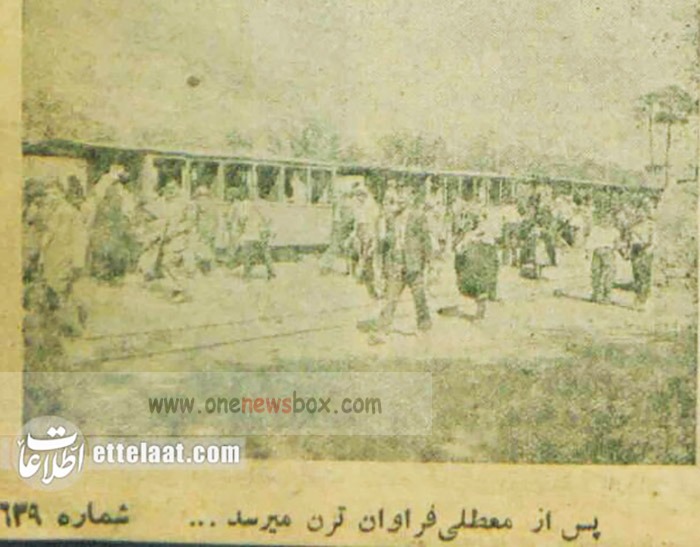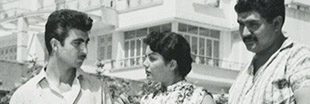The Tehran terminal was a striking European-style building located southeast of the city near Darvaze-ye Khorasan Street, only 150 meters from the Grand Bazaar. The building symbolized modernity and urban sophistication, standing out among the traditional architecture of Qajar Tehran.
When the Smoke Machine first began operating, Tehranis flocked to the station simply to observe the strange new device. They flooded the platforms, marveled at the mechanical beast, and listened anxiously as steam hissed and gears rattled.
However, very few people dared to board the train at first. For many, the machine seemed too dangerous or too uncanny. Rumors circulated throughout the city—some comical, others fearful.
This hesitation persisted until Naser al-Din Shah himself boarded the locomotive, accompanied by ministers, courtiers, and high-ranking officials, for a ceremonial journey to Rey. After this royal endorsement, public confidence grew, and ridership increased rapidly.
Despite its initial success, the Smoke Machine faced several critical challenges that gradually undermined its popularity.
In the early years, the railway witnessed several fatal accidents, often caused not by mechanical failure but by human unfamiliarity with rail operations. People walked on the tracks, stood too close to the train, or attempted reckless maneuvers. Such incidents triggered public fear and distrust.

